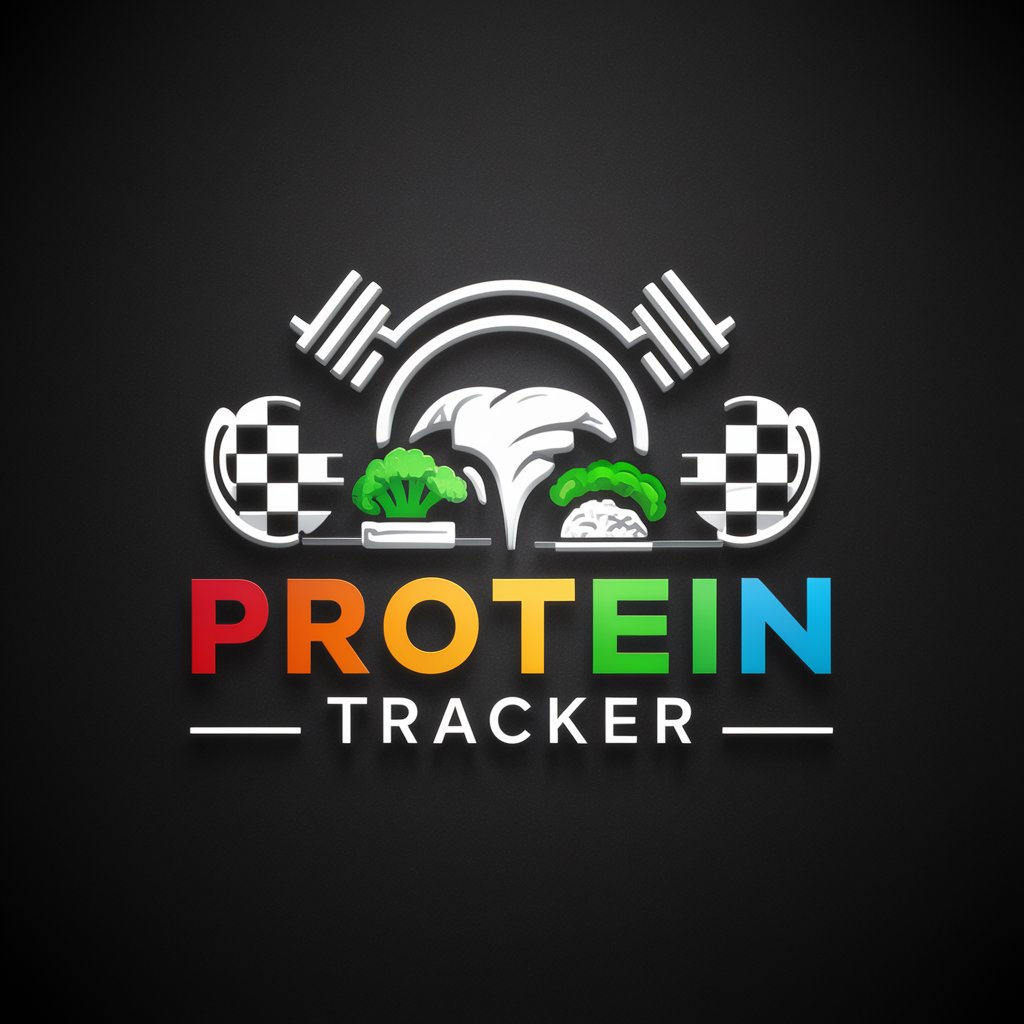
Fiber Tracker - Fiber Content Estimation Tool

Hello! Need help with fiber info? I'm here!
Smart Fiber Analysis, Powered by AI
Can you tell me the fiber content in...
How much soluble and insoluble fiber is in...
I'm curious about the fiber content of...
Could you estimate the fiber amount in...
Get Embed Code
Overview of Fiber Tracker
Fiber Tracker is designed to provide users with specific, detailed information about the dietary fiber content in various foods. The main purpose of Fiber Tracker is to distinguish between soluble and insoluble fiber types, helping users make informed decisions about their fiber intake. An example of how Fiber Tracker might be used includes a scenario where a user wants to increase their soluble fiber intake to support gut health. By entering the foods they plan to eat, the user receives precise fiber content information, assisting them in adjusting their diet to meet their dietary goals effectively. Powered by ChatGPT-4o。

Core Functions of Fiber Tracker
Estimating Fiber Content
Example
If a user enters 'apple', Fiber Tracker would provide the total fiber content along with the breakdown of soluble and insoluble fiber.
Scenario
A dietitian preparing a meal plan for a client could use Fiber Tracker to ensure the meals provide an appropriate balance of both fiber types.
Comparative Analysis
Example
Fiber Tracker can compare fiber contents between different food items, such as comparing broccoli and kale.
Scenario
A user deciding between two snacks for their fiber intake goals can quickly learn which option better fits their dietary needs.
Tracking Daily Fiber Intake
Example
Fiber Tracker can accumulate the total daily fiber intake as a user logs each meal or snack.
Scenario
Someone monitoring their fiber intake to manage a digestive condition can use Fiber Tracker to log their meals and track their daily fiber consumption.
Target Users of Fiber Tracker
Health Enthusiasts
Individuals focused on maintaining or improving their health through diet, particularly those interested in digestive health and chronic disease prevention.
Dietitians and Nutritionists
Professionals who require accurate dietary fiber data to create specific, tailored nutrition plans for their clients.
Individuals with Specific Dietary Needs
People with conditions like IBS or diabetes, where fiber intake must be carefully managed, can benefit significantly from the precise tracking and analysis offered by Fiber Tracker.

Using Fiber Tracker
Begin Free Trial
Start by visiting yeschat.ai to access a free trial of Fiber Tracker without the need to log in or subscribe to ChatGPT Plus.
Identify Foods
Compile a list of foods you'd like to analyze for fiber content. This can include fruits, vegetables, grains, and processed foods.
Input Food Items
Enter the names of the foods into Fiber Tracker's interface to receive detailed information about their fiber content, including both soluble and insoluble fiber types.
Review Fiber Data
Analyze the fiber data provided to understand how each food contributes to your dietary fiber intake, helping you make informed nutritional choices.
Utilize Regularly
Make Fiber Tracker a regular part of your dietary planning to consistently manage and optimize your fiber intake.
Try other advanced and practical GPTs
Founder Mentor
Guiding startups with AI-driven insights

Co-founder
Harness AI for Smarter Decisions

Pytorch Tutor
Master Pytorch with AI-Powered Guidance

Thoth ABC UCL
Power your learning with AI
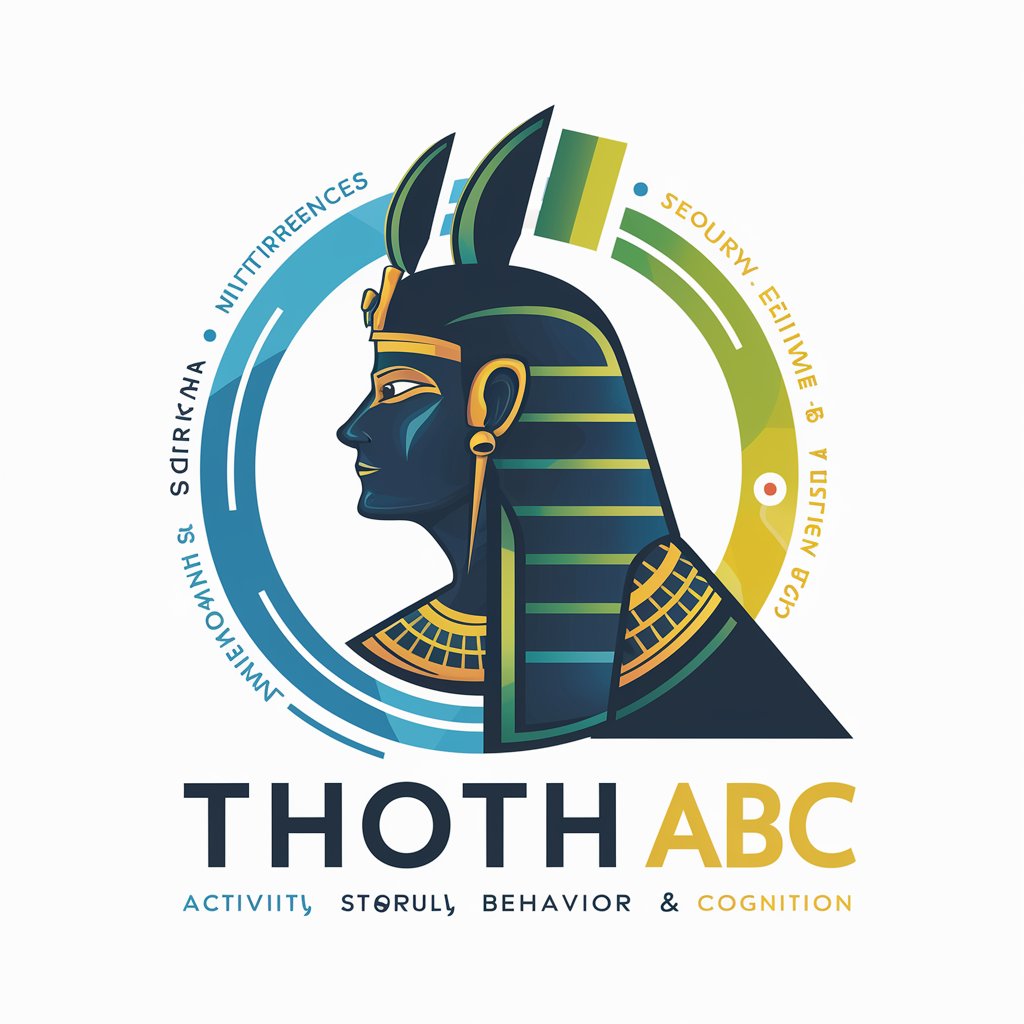
Thoth Tarot Reader
Unveil Mystical Insights with AI

THOTH GPT Prompts & Instructions
Crafting Precision in AI Interactions
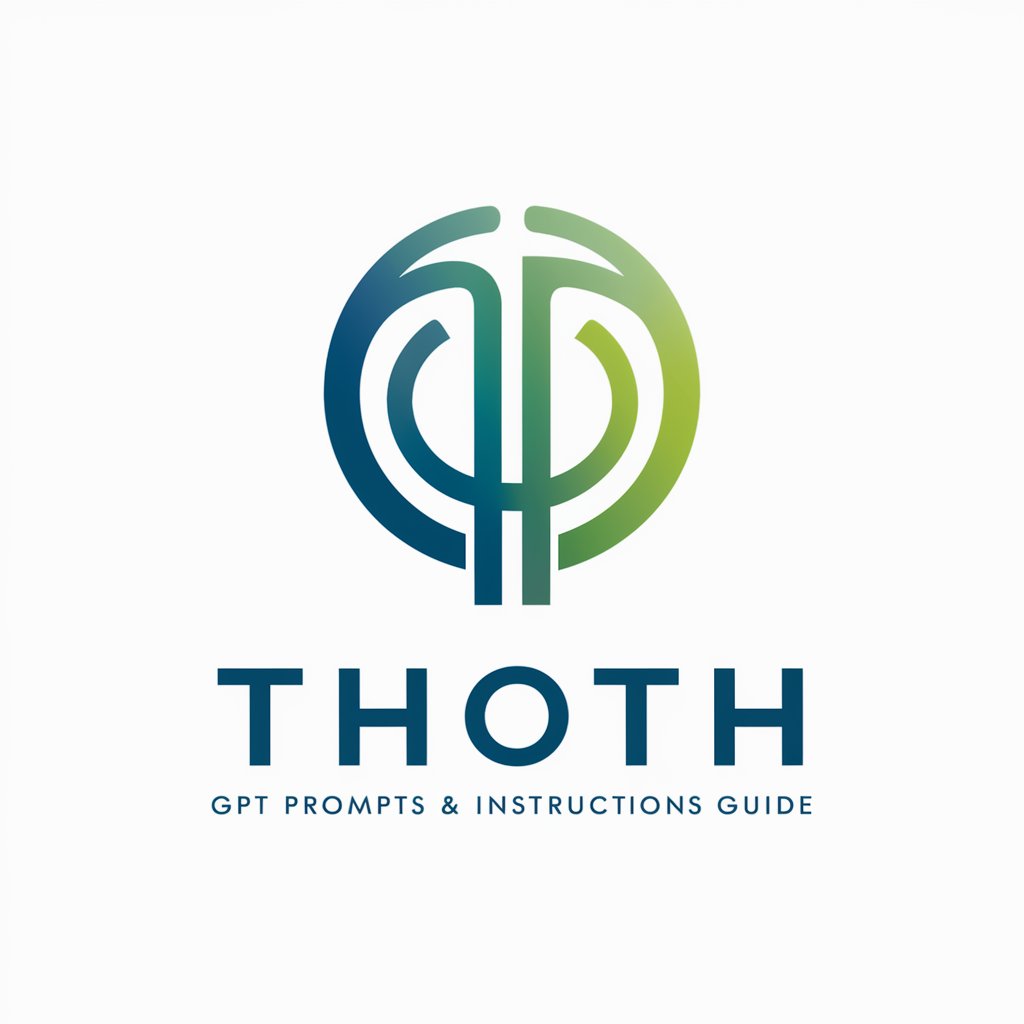
Carbon Fiber Expert Craft Guide
Master Carbon Crafting with AI

CT | Fiber Advisor 💁
Optimize Networks with AI Insight
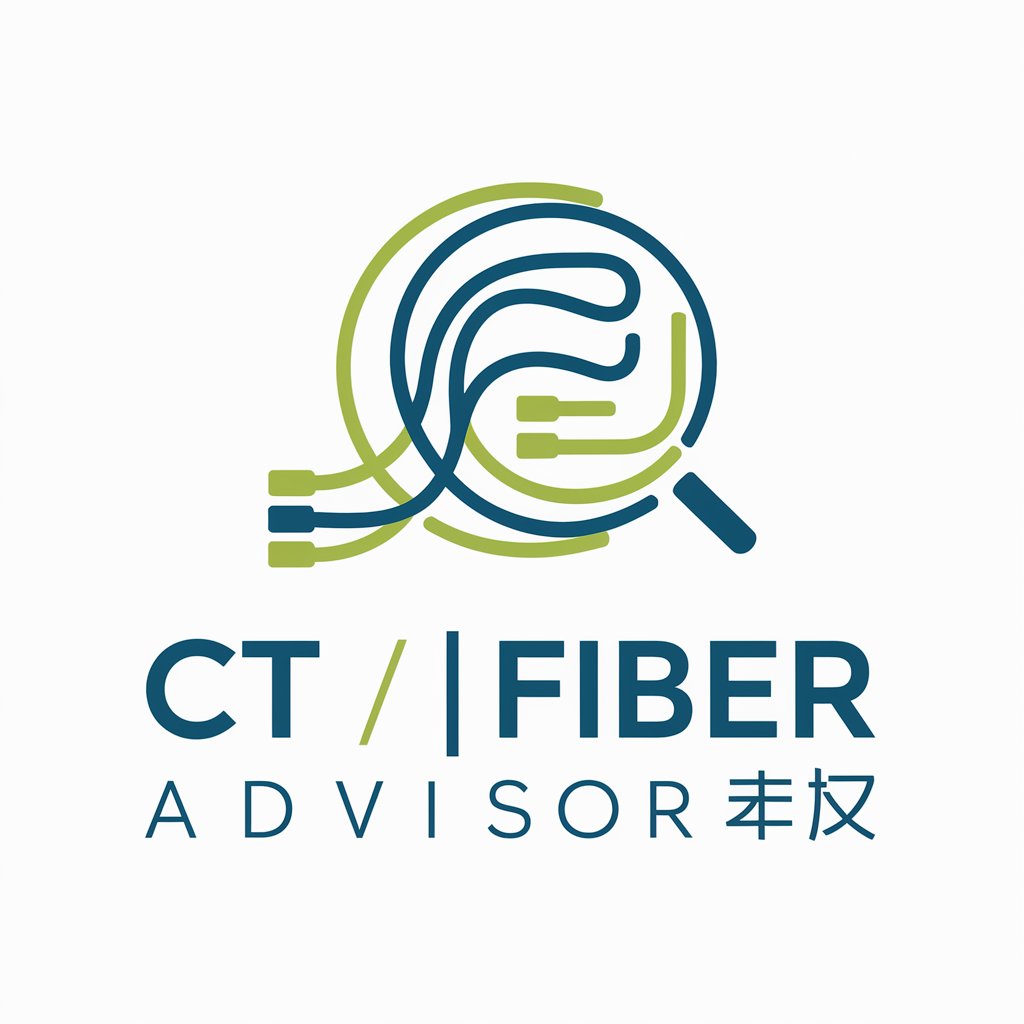
Fibber
Spinning Tales with AI

FIXER
Empowering your code with AI

Easy Gig Creator for fiver
Craft Winning Fiverr Gigs with AI

Appliance Lifecycle Analyst
Uncover Your Appliance's Lifespan with AI
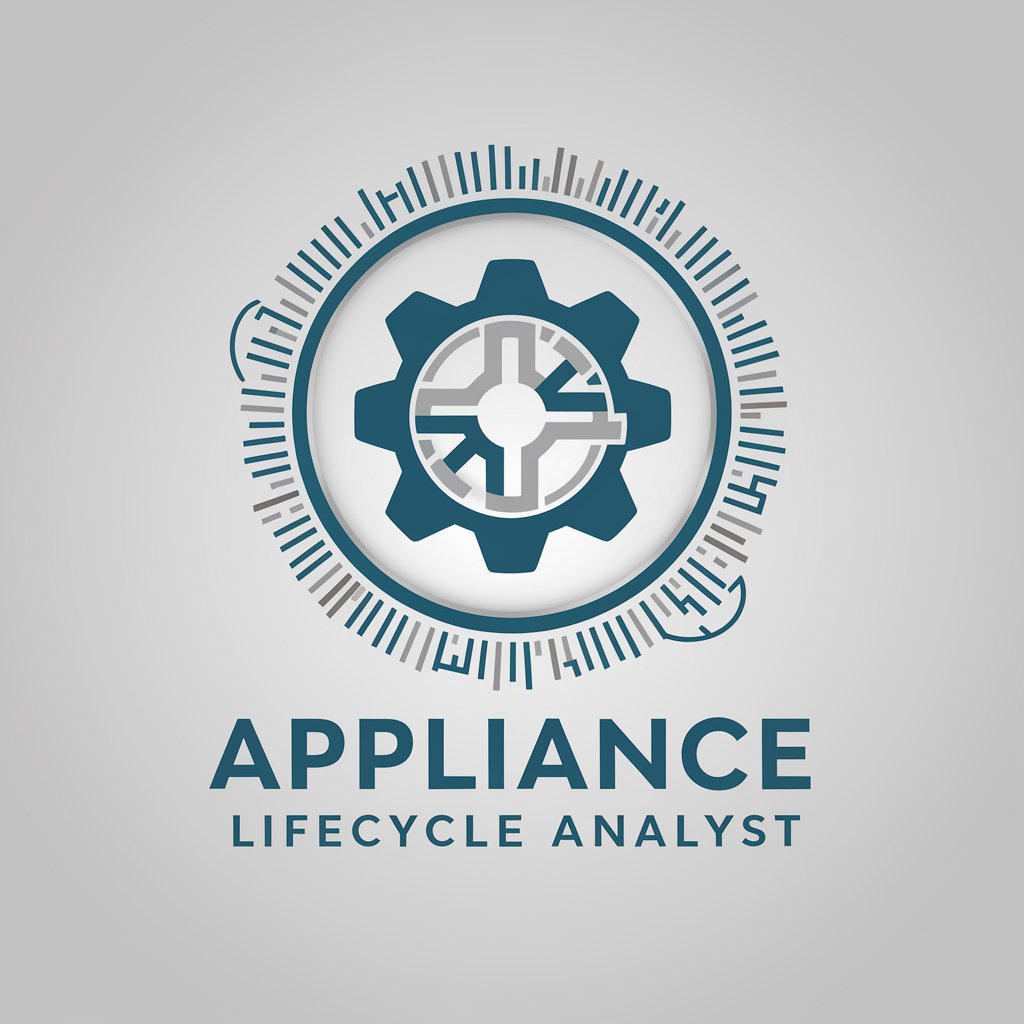
Frequently Asked Questions about Fiber Tracker
What is the difference between soluble and insoluble fiber?
Soluble fiber dissolves in water and can help lower glucose levels and blood cholesterol. Insoluble fiber does not dissolve in water and helps food move through your digestive system, aiding in regularity.
Can Fiber Tracker help me with a diet plan?
While Fiber Tracker is designed to provide detailed fiber content information, it doesn't create diet plans but can be a valuable tool for dietary planning by offering insights into the fiber content of various foods.
How accurate is the fiber content information provided by Fiber Tracker?
Fiber Tracker uses standard nutritional data to estimate the fiber content of foods, ensuring accuracy that aligns with typical dietary databases and nutrition labels.
Is Fiber Tracker suitable for professional use, such as by dietitians?
Yes, Fiber Tracker is an excellent resource for professionals like dietitians, providing reliable data to support dietary recommendations and nutritional counseling.
Does Fiber Tracker include data on other nutrients?
The primary focus of Fiber Tracker is on dietary fiber content, including both soluble and insoluble fiber types, though it may provide basic information on other nutrients.


